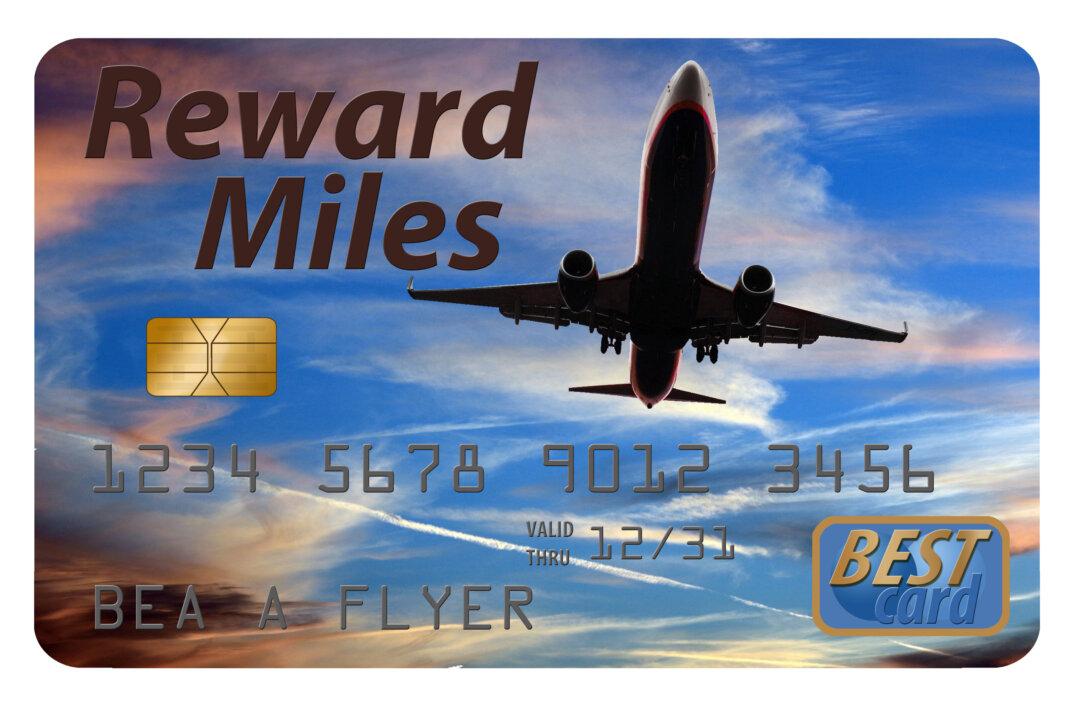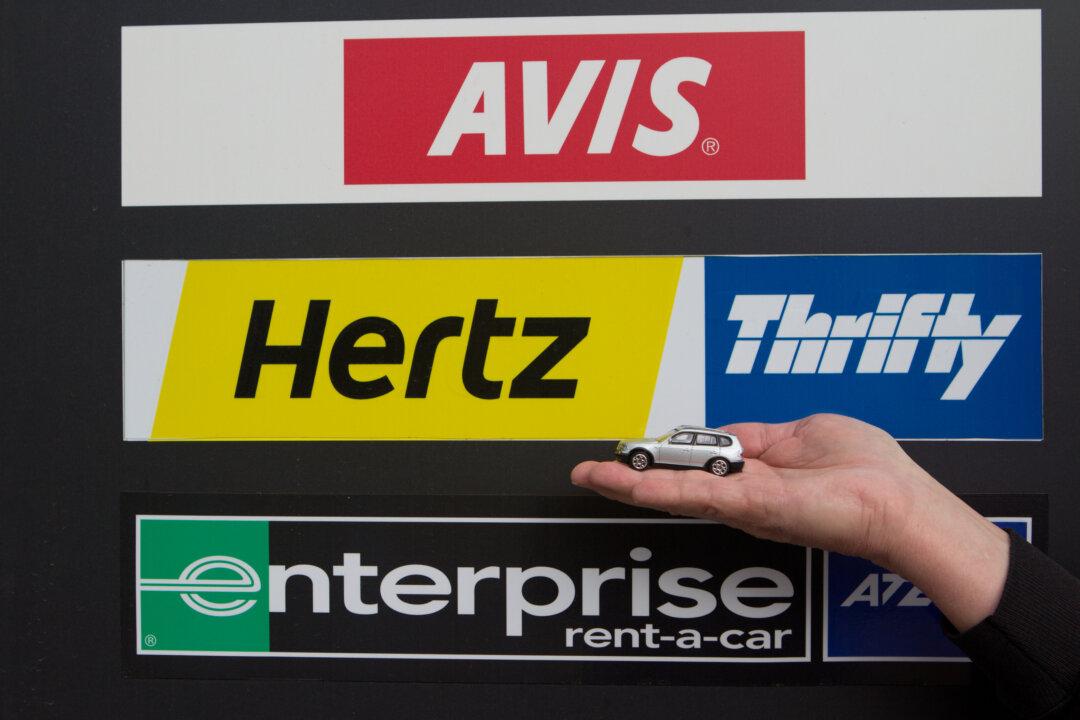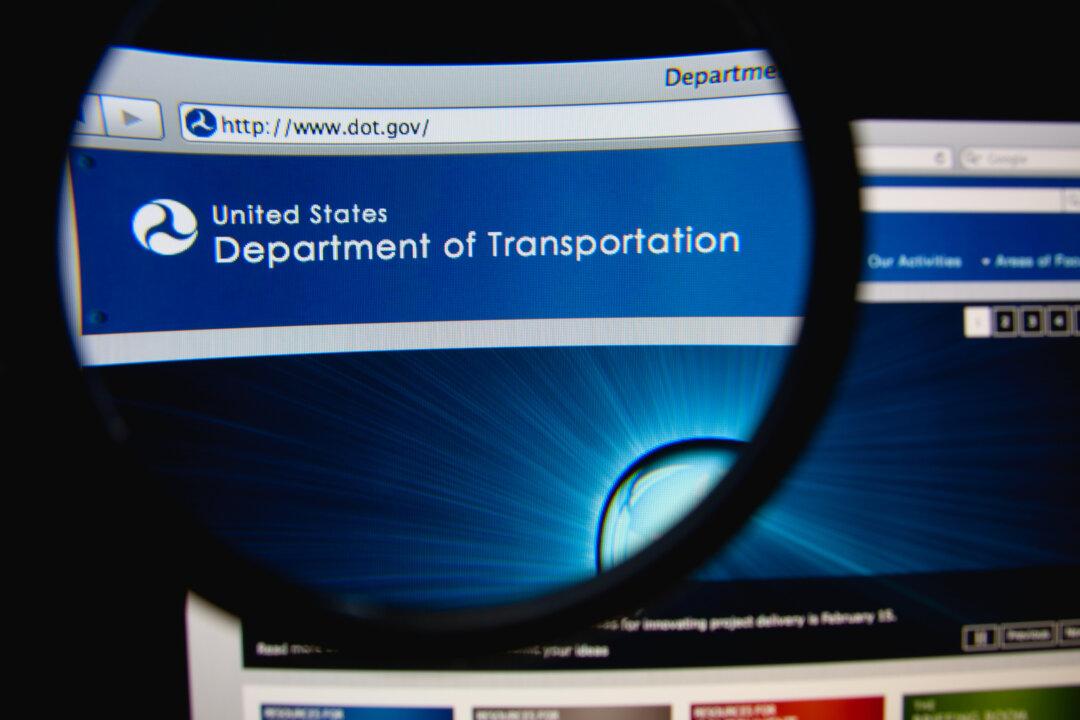Since at least biblical times, money changers have been gouging foreign visitors exchanging their currency for local shekels. Fortunately, if you’re going outside the U.S. this summer, you can avoid most of the gouge. Unless you’re a currency speculator, you'll almost always lose a little in exchanging your dollars for whatever, but you can keep those losses to no more than around 1 percent:
- The actual cost of exchanging currency is the 1 percent or so that the international Visa, MasterCard, or American Express networks charge to do the exchange job.
- But many credit and debit card issuers add their own foreign charges and fees for doing nothing—they gouge because they can—running the cost up to 5 percent or even more.
- Retail foreign exchange desks can use a combination of lousy rates and fees to run your cost up to 10 percent or more.
These days, using the right plastic can limit your loss to that 1 percent. That means both a credit card and a debit card
Credit Card
These days, a lot of credit cards, especially co-branded travel-related cards, have stopped surcharging foreign charges. They no longer charge a fee at all or add just the fee of 1 percent or less to cover the network transaction cost. To keep losses to a minimum, the traveler’s key rule is to put as many bills on a no-surcharge credit card as possible.
Debit Card
You may not need much local currency, but the best way to get what you need is to get it from a local bank’s ATM. But finding the right card and the right ATM can sometimes take some digging. Although a large foreign bank’s ATM generally uses the bank rate for conversion, when you use a debit card at a foreign bank’s ATM you face up to three possible fees:





